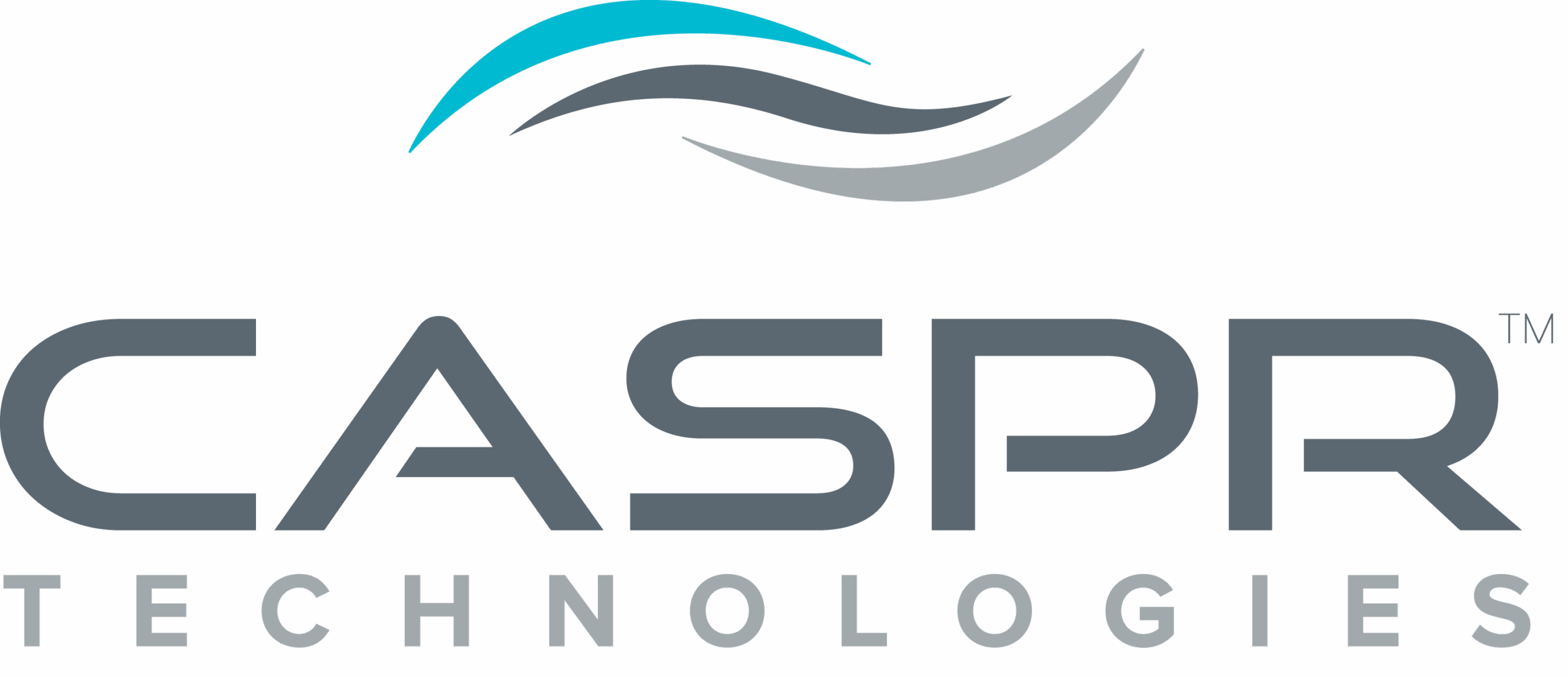Air Quality in Healthcare Facilities: Protecting Patients and Health Care Workers

By Dr. Margaret Scarlett After more than three years, SARS-CoV-2, the virus that causes COVID-19, is not the prevailing health concern of Americans. On May 11, 2023, at 11:59 pm, the Public Emergency due to COVID-19 is officially over. (1) What have we learned in these three years? Can’t we just go back to the […]
CASPR Technologies Announces Exciting Merger with NDS-360

DALLAS — CASPR Technologies, a pioneer in advanced photocatalytic technology for indoor air and surface disinfection, is excited to announce the sale of its assets to one of its main distributors, NDS-360. This strategic merger will enhance the customer experience by providing better service, improved support, and valuable marketing assistance to our valued distributors. CASPR […]
